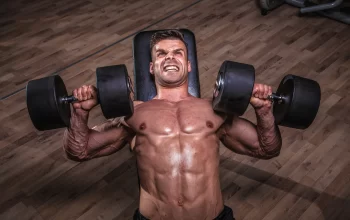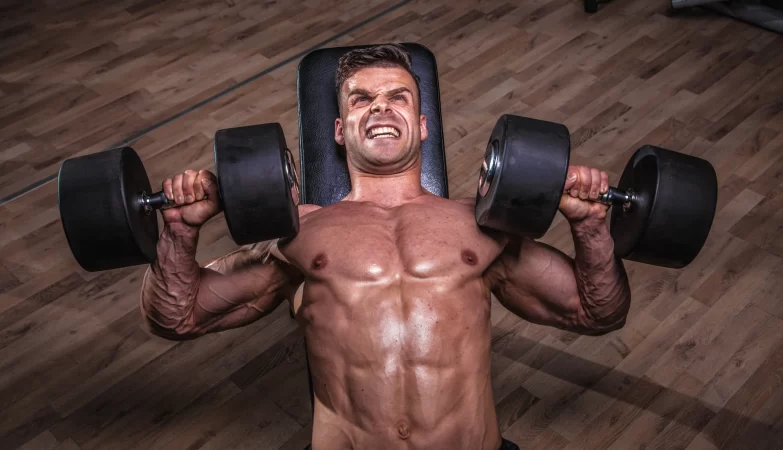Fitness is an essential element of good health that can be practiced both during and after pregnancy. The term “fitness” actually has two meanings, and these are the definition of an individual’s state of being and definition of the physical ability to engage in certain activities. One can train by doing exercises and stretching routines or alternatively one can undertake fitness programs like yoga, Pilates, dancing, swimming and so on. This article will discuss the first meaning of fitness. Fitness means everything from the ability to walk to the ability to do housework.
Physical fitness refers to a condition of well-being and health and, more importantly, the capacity to carry out various parts of daily activities, including mental activities and bodily activities without undue fatigue or exertion. Physical fitness includes the capacity to move both easily and with ease; the capacity to run, cycle, swim, lift weights, throw things, etc. ; to climb; and to engage in numerous other movements without injury. These movements are designed to increase the individuals’ ability to obtain optimal benefit from the surroundings in which they live, work and play. Fitness should be integrated as part of an overall health program to address all the possible areas of disease prevention and control, even to the extent of decreasing symptoms associated with common diseases. In fact, fitness should be viewed as the most significant single factor that contributes to the achievement of wellness in the general population.
Fitness therefore implies good health, which is attained through an adequate intake of the necessary food, through the proper adjustment of nutrition, through the proper utilization and regular training of the organs responsible for proper body function, and through the right exercise of the muscles and the other parts of the body. It also implies the avoidance of excessive consumption of sedentary forms of exercise, and of overworking of the nervous system and other systems of the body that result in exhaustion, disease and death. It is necessary to remember that the term ‘fit’ can mean different things to different people, and that the term ‘good health’ can mean a lot of different things to different people, as well. The pursuit of a good overall physical status by including exercise in one’s lifestyle is a long-term process, and is not something that can happen rapidly or abruptly, without the regular maintenance of good health.
Fitness involves the development of a certain amount of muscular strength, endurance, stamina, flexibility, endurance, and overall muscular power, all of which are increased as a result of an adequate intake of calories and protein in the diet. This increase in muscular power facilitates a higher capacity for carrying out physical activities and increases one’s chances of gaining weight and being able to maintain it. Fitness involves various aspects of the training of the muscles, the development of bone strength, the development of the immune system, the regulation of glucose levels in the blood, the control of hormones such as testosterone and estrogen, and the development of general health. Health is often equated with having a good form of physical fitness, but this is not necessarily the case. It is important to remember that all these factors are interrelated and dependent upon each other and the overall quality of life that are achieved.
For an individual to be considered physically fit, it is important to consider some of the most common factors related to fitness, which are muscular strength, endurance, flexibility, and overall stamina. Muscle power can be improved through weight training, which improves bone mass and the resistance of the skeletal system. The muscular endurance of an individual is improved through regular exercises that build upon that single level of fitness. Flexibility and endurance improved through a regimen of stretching and strengthening exercises, while building and maintaining good body composition (a ratio of muscle to fat).
There are four main types of muscular fibers themselves. Those that are called actin Myosin fibers are responsible for the contractility and bulkiness of muscles. Another type of fibers is called myoglobin, which carries oxygen-carrying blood through the muscles. The creatine (creatine) synthesis in muscles also occurs in myoglobin, where the chemical energy generated by the adenosine triphosphate (ATP) cycle is changed into ADP (Adenosine Diphosphate), which provides a source of additional energy for muscular contractions. Finally, the aerobic metabolism of muscles, where oxygen is used to break down carbohydrates and fats to produce energy, and transfer it to working muscles, happen through the use of oxygen as a source of energy.









